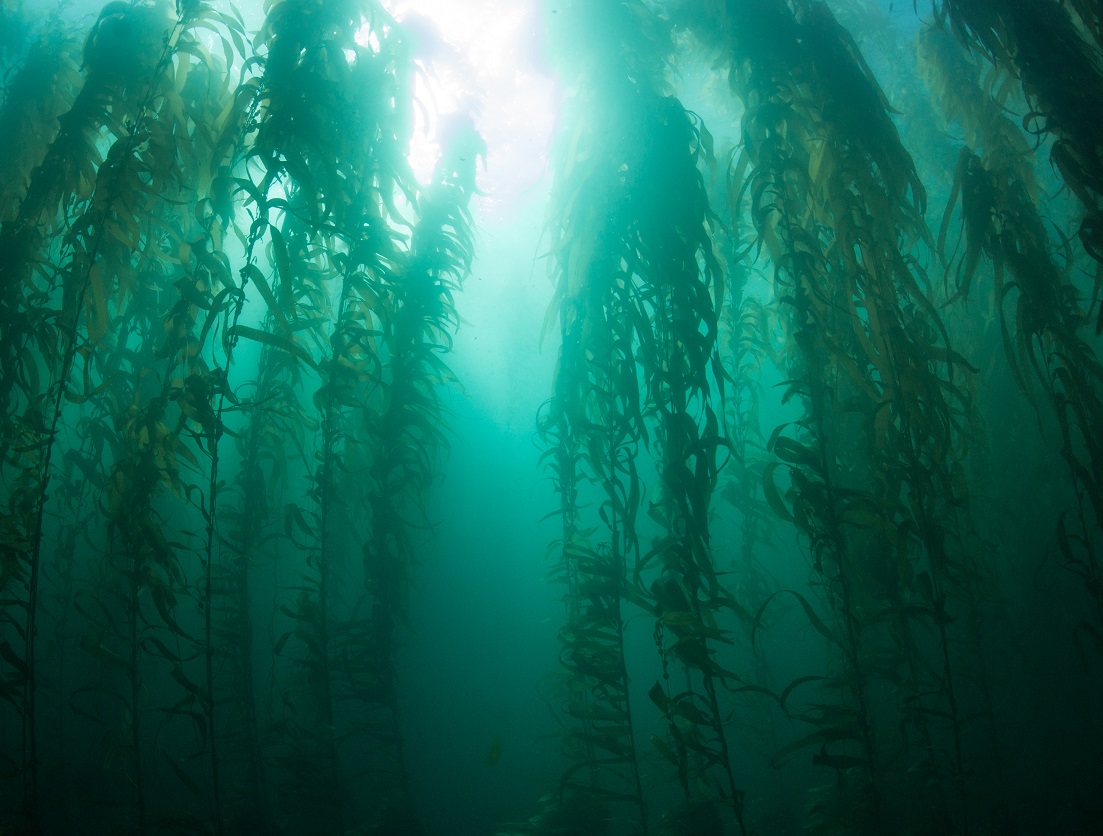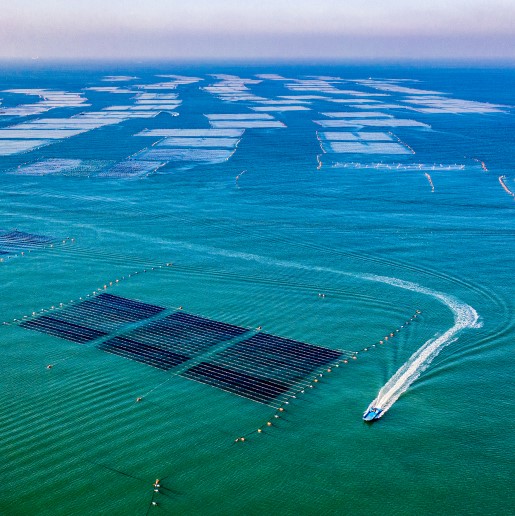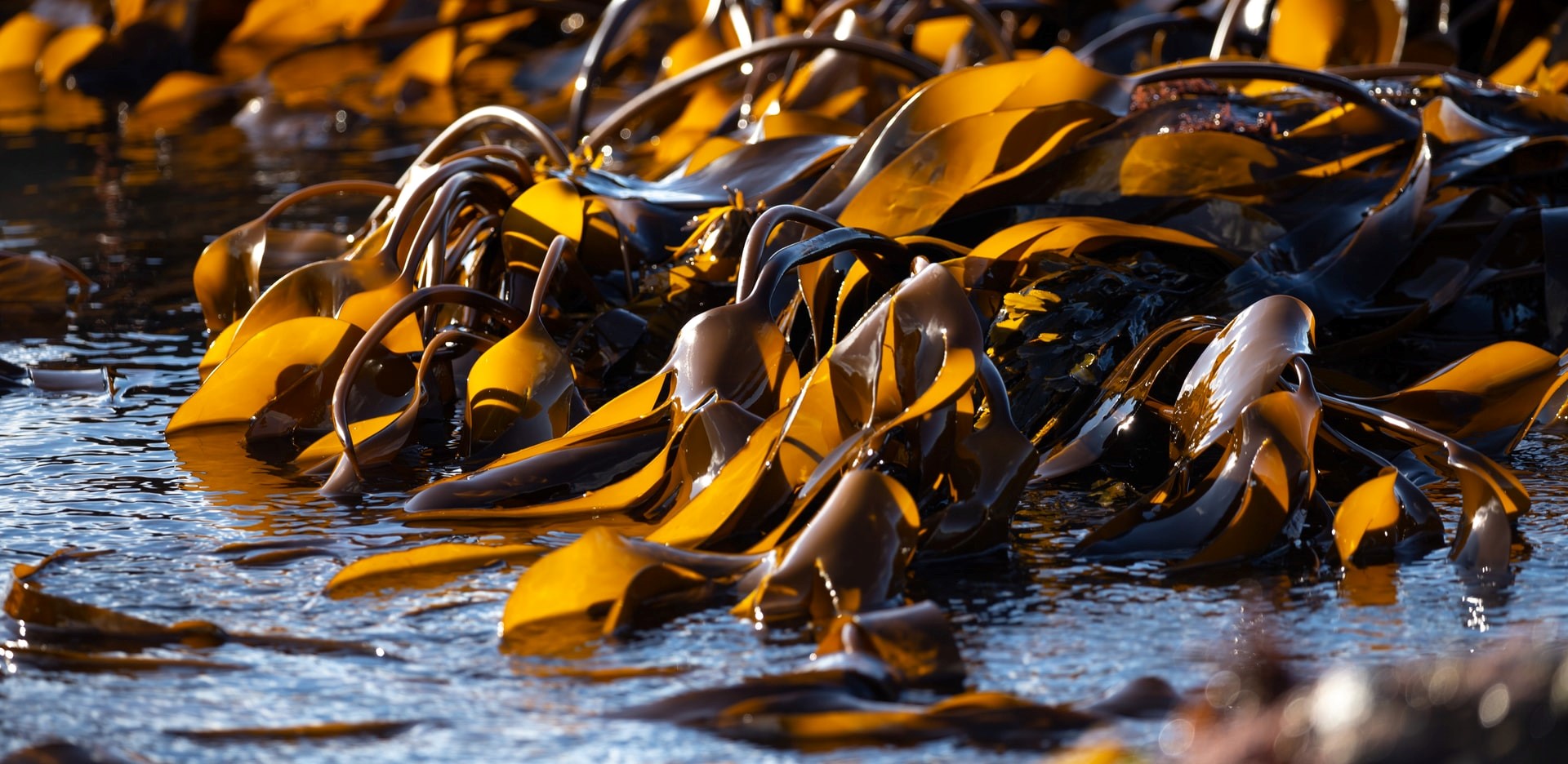
In recent times, the idea of seaweed as a natural carbon storage solution to offset emissions and alleviate climate change has been gathering momentum, but scientists say there is more complexity to what, on the surface, seems like a simple solution.
Two new studies led by Institute for Marine and Antarctic Studies (IMAS) scientists provide an approach for accurately assessing the carbon storage capability of seaweed before it is factored into carbon offset initiatives, and highlight the need for further research into the impact of extending seaweed forests offshore into oceanic ecosystems.
An IMAS-led international team have developed a new framework for accurately assessing the carbon dioxide removal (CDR) capability of seaweeds growing in natural coastal and aquaculture systems, and seaweeds planted in the open ocean, called ocean afforestation.
Published in the Journal of Phycology, the new forensic carbon accounting system can be used by businesses and policymakers to ensure seaweed carbon is accurately accounted for before it is used in offset schemes.
“Using trees in carbon offset and credit schemes is relatively straightforward because trees can live for centuries, take CO2 directly from the atmosphere, and store carbon as wood and soil,” said lead author and IMAS phycologist, Professor Catriona Hurd.
“This also happens, although to a lesser extent, in natural coastal systems where seagrass beds and mangroves are anchored to the soft sediment by roots, and create a carbon-rich soil capable of locking up carbon for millennia.
“But seaweeds are short-lived and have a fast turnover, so seaweed carbon enters the food web and is not stored as soil or living biomass on time scales relevant to carbon sequestration, which are more than 100 years. This makes it extremely complex to verify whether CO2 fixed by seaweeds, through photosynthesis, does actually lead to carbon sequestration.”
The multi-disciplinary study team included experts in seaweed physiology, photosynthesis, terrestrial carbon storage, biogeochemistry, modelling and air-sea interaction. To develop the new framework, the team reviewed published research to assess carbon flows between the atmosphere and ocean, and into and out of seaweeds.
 “Importantly, we looked at the time it would take for CO2 from the atmosphere to move into seawater to replace the CO2 taken up by seaweeds, called the time-scale of re-equilibrium,” Prof Hurd said.
“Importantly, we looked at the time it would take for CO2 from the atmosphere to move into seawater to replace the CO2 taken up by seaweeds, called the time-scale of re-equilibrium,” Prof Hurd said.
“In terrestrial systems, CO2 uptake is a one-step process, making it easier to quantify. But in marine systems, it’s a two-step process and occurs on very different time-scales – so the CO2 taken up by seaweed may not result in it being removed from the atmosphere at all.”
While the new Forensic Carbon Accounting framework is used for seaweeds in natural seaweed beds, coastal aquaculture and ocean afforestation, it can be modified for application to other marine systems.
“This makes it a useful tool for governments, NGOs and companies who are interested in using seaweeds for carbon credits and offsets,” Prof Hurd said.
In another IMAS-led international study published as Perspectives in Nature Ecology & Evolution, scientists explored the ecological impacts of ocean afforestation, which is where natural seaweed (macroalgae) beds and seaweed aquaculture systems are purposefully extended to drift offshore into the open ocean.
“This is one of many proposed marine carbon dioxide removal (CDR) approaches that rely on spatial upscaling and on enhancing or accelerating rates of naturally-occurring processes,” said Lead Author and IMAS biogeochemist Professor Phillip Boyd.
“But adding coastal species of macroalgae to open-ocean waters, when they don’t naturally occur there, can introduce biological threats to these offshore ecosystems, including altering ocean chemistry, biological invasions, chemical ‘warfare’ between seaweeds and offshore phytoplankton as they compete for scarce resources, and more.”
“So while this appears to be a simple solution to offset emissions, the wide-ranging direct and indirect potential side effects must be carefully investigated first – and this includes unforeseen detrimental effects on food security caused by the inadvertent restructuring of offshore ecosystems.”
Before ocean afforestation is upscaled from pilot studies to deployment, the study team warn that a holistic assessment of the environmental risks across many scales must be conducted. This would include a combination of modelling at full deployment scales, lab analyses, offshore surveys, multi-use mapping of Ocean Commons, and mesocosm experiments where scientists can examine natural ecosystem responses in the ocean under controlled conditions.
“Ultimately, any CDR value could be negated by major large-scale detrimental effects to the structure and functioning of offshore ecosystems, and the services they provide to humankind,” Prof Boyd said.
These studies have highlighted the complexity of accounting for seaweed as a viable and quantifiable carbon storage solution – and the importance of considering the many pieces of the complex and dynamic puzzle before seaweed farming is expanded into open oceans around the world.
Images:
Published 29 April 2022